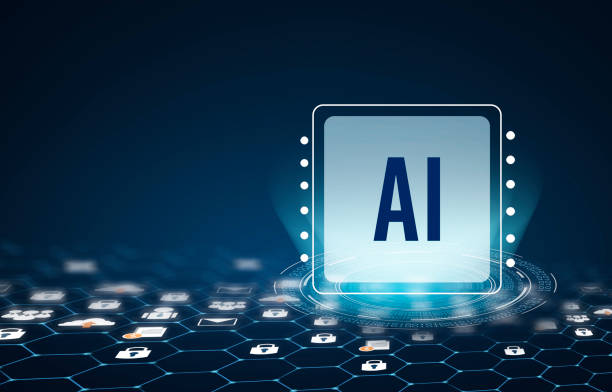What is On-Page SEO and Why is it Important?
![]()
#On-Page SEO refers to a set of actions performed within a website to improve its ranking in search engines.
These actions include optimizing content, site structure, HTML tags, and other internal site elements.
The importance of on-page SEO stems from the fact that search engines like Google pay special attention to the content and internal structure of websites when ranking them.
A website with strong on-page SEO helps search engines better understand its content, resulting in a better ranking in search results.
For example, using relevant keywords, creating high-quality content, and structuring URLs appropriately are important factors in on-page SEO.
In fact, on-page SEO is a fundamental basis for any SEO strategy, and without it, external efforts like link building alone will not be sufficient.
On-page SEO helps a website be considered a credible and relevant source, which leads to increased organic traffic and improved conversion rates.
Therefore, investing in on-page SEO is a necessity for any business that wants to succeed in the online world. On-page SEO is important because it allows your website to be introduced to search engines, and search engines can better understand your website. On-page SEO increases your website’s ranking in search engines, resulting in increased website traffic.
Tired of losing customers due to poor e-commerce website design? With Rasaweb, solve this problem forever!
✅ Increased sales and conversion rate of visitors to customers
✅ Smooth and attractive user experience for your customers⚡ Get a free consultation
Keyword Research – The Cornerstone of On-Page SEO
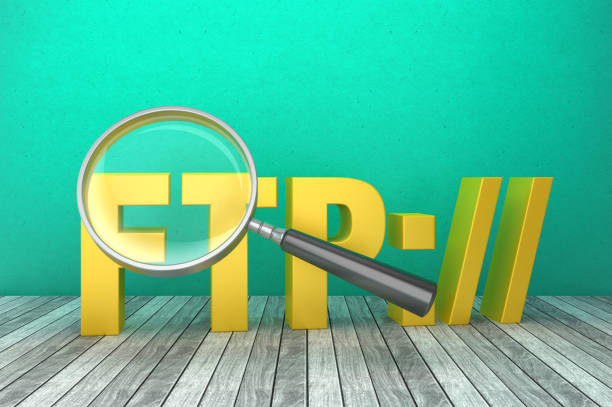
Keyword research is the first and most vital step in any on-page SEO strategy.
Choosing the right keywords helps you create content that your target audience is looking for.
There are many tools for keyword research, including Ahrefs, Keyword Tool, and Google Keyword Planner.
When choosing keywords, consider their search volume, competition, and relevance to your content.
Long-Tail Keywords usually have less competition and can attract more targeted traffic.
For example, instead of using the keyword “SEO”, use the phrase “on-page SEO tutorial for e-commerce websites”.
After identifying the appropriate keywords, strategically use them in your titles, meta descriptions, body text, and image tags.
However, avoid Keyword Stuffing, as this can result in your site being penalized by search engines. Proper and timely use of keywords has a significant impact on your site’s on-page SEO, so try to choose the best keywords and use them in the right place.
Content Optimization – A Valuable Kingdom for On-Page SEO
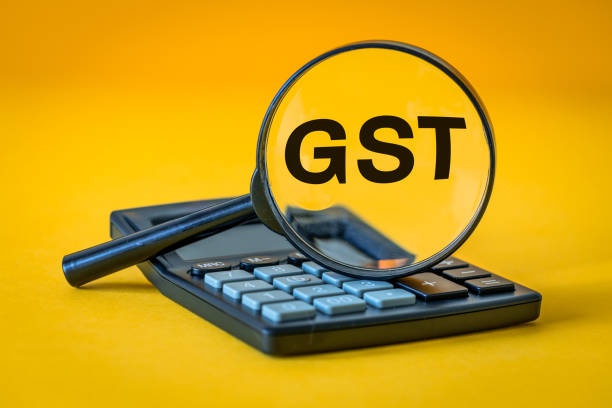
Content is the heart of any website and plays a very important role in on-page SEO.
High-quality, engaging, and relevant content not only keeps users on your site but also impresses search engines.
To optimize content, you must first produce unique and valuable content.
Avoid Duplicate Content and try to provide content that meets the needs of users.
Use proper structure for your content, including main headings (H1), subheadings (H2, H3, …), paragraphs, and lists.
This helps users and search engines better understand your content.
Use keywords naturally in your content, but avoid overdoing it.
Use images and videos to make the content more attractive and make sure the images have appropriate Alt Text.
Finally, update your content regularly to keep it fresh and relevant.
Content is one of the most important and fundamental parts of a website, and the higher quality your content is, the more it will affect your website’s on-page SEO.
So try to always produce quality content. For a better understanding of content types, the following table refers to content types.
| Content Type | Description |
|---|---|
| Article | Textual content with details about a specific topic |
| Video | Visual content that can be educational, entertaining, or news |
| Podcast | Audio content that listeners can listen to anytime, anywhere |
| Infographic | Visual display of data and information in an attractive and understandable way |
URL Structure – Friendly for Users and Search Engines
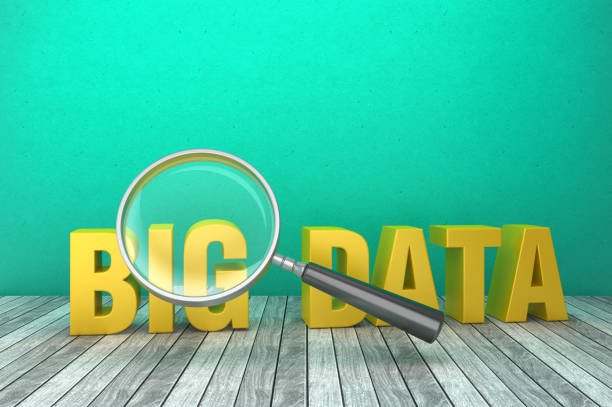
Your website’s URL structure should be simple, logical, and descriptive.
Short and understandable URLs are not only more attractive to users but also help search engines better understand page content.
Use relevant keywords in your URLs, but avoid overusing and lengthening URLs.
Use hyphens (-) instead of underscores (_) to separate words in a URL.
Use lowercase letters, as some servers are case-sensitive.
A logical URL structure helps users easily navigate your site and also helps search engines better understand your site structure.
For example, an appropriate URL structure for an educational article might look like this: https://example.com/blog/on-page-seo-tutorial.
Your site structure plays an important role in your website’s on-page SEO, so try to create an organized and tidy structure for your website.
Does your current site reflect your brand’s credibility as it should? Or does it drive potential customers away?
Rasaweb, with years of experience in designing professional corporate websites, is your comprehensive solution.
✅ A modern, beautiful site that matches your brand identity
✅ Significant increase in lead generation and new customers
⚡ Contact Rasaweb now for a free corporate website design consultation!
Title Tags and Meta Descriptions – First Impression
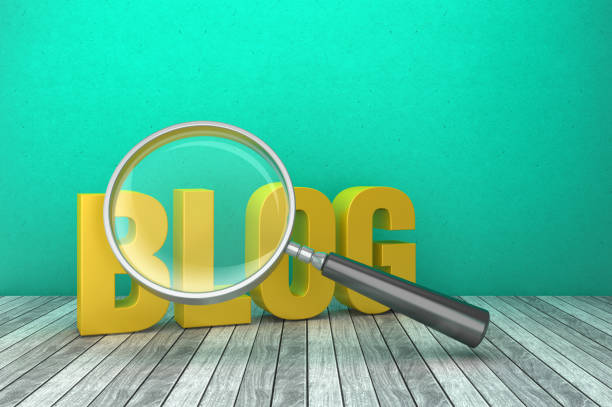
Title tags and meta descriptions are the first things users see in search results.
These two elements play a very important role in attracting users to your site.
Title tags should be accurate, engaging, and relevant to the page content.
The length of the title tag should be between 50 and 60 characters so that it is fully displayed in search results.
Use main keywords in the title tag, but avoid filling the title tag with keywords.
Meta descriptions should provide an engaging and descriptive summary of the page content.
The length of the meta description should be between 150 and 160 characters.
Use relevant keywords in the meta description and encourage users to click on your link.
Remember that a good title tag and meta description can significantly increase your site’s click-through rate (CTR).
If you can write good title tags and meta descriptions, you can attract a lot of users to your website.
Image Optimization – Speed and SEO
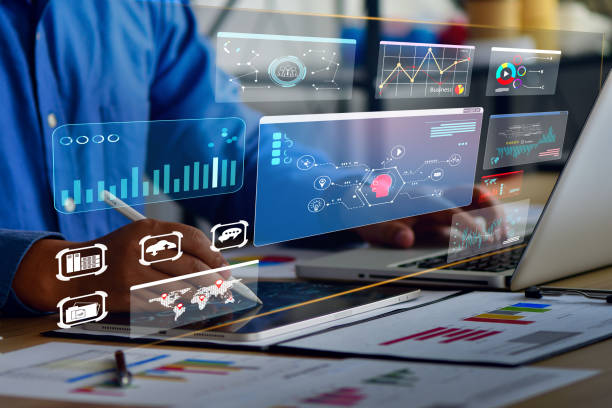
Images can improve your site’s user experience, but if not optimized properly, they can slow down your site and negatively impact on-page SEO.
To optimize images, you must first choose the appropriate format.
JPEG format is suitable for photos and PNG format is suitable for graphic images.
Compress images before uploading to reduce their size.
There are many online tools for image compression, such as TinyPNG and ImageOptim.
Use Alt Text to describe images.
Alt text not only helps users know the content if the image is not displayed, but also helps search engines better understand the image.
Use relevant keywords in the alt text, but avoid filling the alt text with keywords.
Image size helps with your website’s on-page SEO because it increases website speed.
Site Speed – User Experience and Ranking
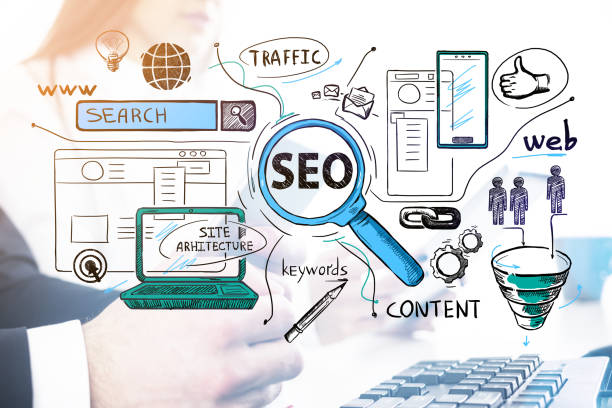
Site speed is an important factor in user experience and ranking.
Users expect web pages to load quickly, and if a site is slow, users are more likely to leave it.
You can use several methods to improve site speed.
Including optimizing images, enabling Gzip compression, using a CDN (Content Delivery Network), reducing the number of HTTP requests, and using Caching.
There are many tools for testing site speed, such as Google PageSpeed Insights and GTmetrix.
Using these tools, you can identify and fix your site speed problems.
To better review website speed, pay attention to the following:
| Important points | Description |
|---|---|
| Image Optimization | Compression and use of appropriate format |
| Enable Gzip compression | Reduce file size |
| Using CDN | Content delivery from the nearest server to the user |
| Reduce the number of HTTP requests | Reduce the number of files required to load the page |
Mobile-Friendliness – Essential in Today’s World

Given the increasing use of mobile phones, Mobile-Friendliness is a critical factor in on-page SEO.
Your website must be fully optimized for mobile devices so that users can easily use it.
Use Responsive Design so that your website automatically adapts to the screen size of different devices.
Make sure the texts are readable, the buttons are large enough, and users can easily navigate your site.
Google Mobile-Friendly Test is a tool you can use to check the mobile-friendliness of your site.
Mobile-friendliness is a ranking factor in search engines, so optimizing your site for mobile devices is essential.
Does your current website convert visitors into customers or drive them away? Solve this problem forever with professional corporate website design by Rasaweb!
✅ Creating a strong reputation and branding
✅ Attract target customers and increase sales
⚡ Get a free consultation now!
Internal Linking – A Cohesive Structure for the Site
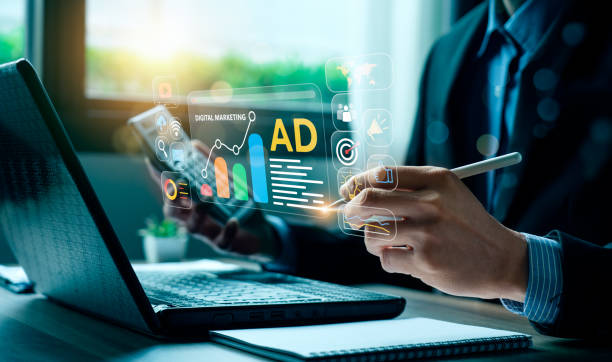
Internal Linking refers to creating links between different pages of your site.
Internal linking helps users easily navigate your site and also helps search engines better understand your site structure.
When creating internal links, use descriptive and relevant Anchor Text.
The anchor text should accurately describe the content of the destination page.
Don’t forget to link to relevant and important pages of your site.
A good internal linking strategy can help improve the ranking of important pages of your site and improve user experience.
Yoast SEO is an SEO tool that helps you manage your site’s internal linking.
Internal linking keeps users on your website longer.
This increases your website’s on-page SEO.
Technical SEO – Strong Infrastructure for On-Page SEO

Technical SEO refers to a set of actions taken to ensure that search engines can easily find, crawl, and index your site.
These actions include creating an XML sitemap, optimizing the robots.txt file, fixing crawl errors, and using HTTPS.
An XML sitemap helps search engines better understand your site structure and find all the pages on your site.
The robots.txt file tells search engines which pages of your site should not be crawled.
Fixing crawl errors helps search engines crawl and index your site without any problems.
Using HTTPS increases your site’s security and shows search engines that you care about your users’ security.
Technical SEO is an important aspect of on-page SEO, and paying attention to it can help improve your site’s ranking.
By improving technical SEO, you can improve your website’s on-page SEO.
Frequently Asked Questions
| No. | Question | Answer |
|---|---|---|
| 1 | What is On-Page SEO? | On-page SEO refers to a set of actions that are performed within a website to optimize its pages in order to achieve a better ranking in search results. |
| 2 | What is the most important factor in on-page SEO? | High-quality, relevant, and comprehensive content that meets the user’s needs is the most important factor in on-page SEO. |
| 3 | What role does the Title Tag play in on-page SEO? | The title tag is one of the most important factors that tells search engines and users what the page content is about. It should include the main keyword and be attractive. |
| 4 | How important is the Meta Description tag? | Although it does not directly affect rankings, it is very effective on the click-through rate (CTR) in search results and encourages users to visit the page. |
| 5 | How is image optimization done in on-page SEO? | By using an appropriate alt tag, compressing the image size to increase loading speed, and using a meaningful image file name. |
| 6 | What is the importance of using headings (H1, H2, H3) in on-page SEO? | Headings help structure content, increase readability, and help search engines understand the hierarchy and subtopics of content. |
| 7 | What does Internal Linking mean and what are its benefits? | Internal linking means creating links between different pages of a website. This helps distribute authority, improve user navigation, and help search engine crawling. |
| 8 | Where should the main keyword (Focus Keyword) be placed on the page? | The main keyword should be in the title tag, meta description, H1, first paragraph, and naturally throughout the text and, if possible, in the URL. |
| 9 | What is the impact of copied or duplicate content on on-page SEO? | Duplicate content can harm a site’s ranking and confuse search engines as to which version is original, and they may flag it as spam. |
| 10 | How important is page loading speed in on-page SEO? | Page loading speed is an important ranking factor and directly affects user experience. Slow pages increase user bounce rates. |
And other advertising agency services Rasa Web in the field of advertising
Intelligent Conversion Rate Optimization: Professional optimization for online growth using intelligent data analysis.
Smart Custom Software: Designed for businesses looking to increase click-through rates through an SEO-driven content strategy.
Smart Reporting: A dedicated service for growing SEO ranking improvement based on user experience customization.
Smart Customer Journey Map: A dedicated service for growing website visits based on marketing automation.
Smart Customer Journey Map: A creative platform for improving customer behavior analysis with an SEO-driven content strategy.
And more than hundreds of other services in the field of internet advertising, advertising consulting and organizational solutions
Internet advertising | Advertising Strategy | Reportage Ad
Resources
HubSpot Inbound Marketing
, MOZ On-Page Optimization
, SEMrush On-Page SEO
, Ahrefs On-Page SEO
? To promote your business in the digital world, Rasaweb Afarin Digital Marketing Agency offers innovative and effective solutions. Are you looking for Personal Website Design?
📍 Tehran, Mirdamad Street, next to Central Bank, South Kazerun Alley, Ramin Alley No. 6
“`



